By Prof. Dr. Nadiminty Sree Rāmachandra Śāstry
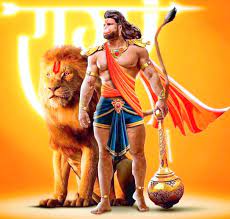
The greatness of Hanumān stems from His exemplary adherence to Sanātanadharma code of conduct. In fact Hanumān was, is, and will always be an example for us to follow, if only we can decipher the messages conveyed to us via symbolism, the common practice followed by seers of Sanātana dharma. Let us try to understand some of them.
Monkey-warrior: Hanumān symbolises the ‘mind’. Hanumān stands for pure devotion, complete surrender and absence of ego or the lower self. As the son of Vāyu, he also stands symbolically for the subtle body consisting of the breath body (physical), the mental body (mental) and the intelligence body (intellectual).
Thus Hanumān is the mental body in a human being. The mind is fickle (like a monkey) and jumps from place to place, going after things, engaging it self in innumerable activities that disturb the peace of the place. The mind, like Hanumān can also travel where it wants to. It can fly in the air, cross the continents and the worlds in an instant with the speed of thought and reach any one and anything it wants to. Above all, the mind, even that of a monkey can be controlled to strive along the right path, just as Hanumān showed.
Hanumān by His life tells us that we, humans can discipline our mind when a mere monkey can do that. Also we may not ignore monkeys and other animals as Rāvaņa learnt the hard way. Rāvaņa ordered burning of the tail of Hanumān saying, “I shall send back this monkey to his country with a burnt tail, so that he will become a laughing stock amidst his fellow monkeys”. But it was Rāvaņa that became the laughing stock ultimately.
It is apt to know why Hanumān is a Vānara. Please note that all the terms used to denote a monkey in Sanskrit also mean “a knowledgeable person”. Kapiĥ – the one who felt Godliness through his knowledge. Vānaraĥ – a being by its knowledge seems greater than Naraĥ – human being. Sākhāmŗugaĥ – the one who seeks God in the different branches of the Vedas. Hariĥ – one who breaks bad deeds with the power of his knowledge.
It is in this form Hanumān appears to us in Sundara Kānda – as Ācārya. Like a venerable Ācārya He performs deeds that are impossible for others – like crossing the ocean, entering the enemy territory alone, embodying diplomat-devotee-warrior-teacher all rolled into one. The Vānaras are an intelligent race of monkey-like beings whose home was the forest. In the western part of Karnātaka is located Anjanādri (mountain of Anjana). In the forests surrounding which live a tribal community known as Vānaras!
Beauty of Hanumān: Hanumān is also known as Sundara – the beautiful one. It does not refer to external beauty. External beauty exists only in the view of the beholder. In other words what seems to be beautiful to one or some may not be so to others and vice versa. But the inner beauty is the real beauty, the one accepted and revered universally. Hanumān is beautiful – Sundara because of his great personality. Sundara is one who gives bliss or good feeling or happiness. By bringing news about Srī Rāma – the abode of joy – to Sītā, Hanumān removes sorrow from her heart and makes her happy.
He also brings relief and happiness to Srī Rāma by giving the good news about Sītā along with the ornament that she gave as sign of her approval of Hanumān. Hence he is Sundara – beautiful. In fact Hanumān gives happiness to many. And He continues to do so.
Power of Hanumān: As a child our little Hanumān was very naughty. His use of that tremendous physical prowess, even as a child’s play, caused anxiety to people and celestials alike. Finally all the gods prayed to Brahma to find a solution. Thus a curse was created to protect the world from the mischief of the young Hanumān removing His knowledge of His own powers.
The Power of Hanumān – of which becoming a colossus at will is just one example – only became available again when Jāmbavan, King of the bears, reminded Hanumān at the ocean-crossing time. Hanumān’s power was really great. For example, Hanumān could easily fight an elephant, a lion or a dreadful demon since he could become much bigger than them at will. Yet Hanumān used his power only in absolute necessity and without showing off.
This is in accordance with another core code of Sanātanadharma for its adherents, i.e. humble living/behaviour and high thinking/acting.
Hanumān’s great power was described by Vālmiki many times – the Earth-shaking sound of Hanumān’s tail striking the ground, His deafening roars on seeing adversaries, His ability to outdo even a thousand demons single handedly. However, not power, but His sensitivity and kindness that make Him more of a memorable character.
He is so deeply distressed at the sight of Sītā suffering, and yet at the same time so delighted to have found her, that he sheds tears of joy in the Aşoka garden and worries terribly about how to properly introduce himself so that he neither scares her nor loses her confidence that he is indeed a messenger from her beloved Rāma. Here we see the natures of both the humans (Naras) and monkeys (Vānaras) of Hanumān.
The frequent shifts between enthusiasm and lack of enthusiasm alternate. His rare loss of control over His own positive action (when He could not find Sītā in Lanka initially), while continuing to think logically and retaining confidence in His Lord. This is the reason for His ability to pick himself up and set out again on the right path against the strongest of odds.
Hanumān’s discretion in use of power is also exemplified during His skirmishes with demons in the Aśōkavana. Hanumān let Himself be bound by the Brahmāstra – the ultimate missile let on Him by Rāvaņa’s son Indrajit, out of respect for Brahman – the Creator. He also uses this as an opportunity to meet Rāvaņa face to face in the latter’s court.
His physical and mental powers, His selflessness and devotion, His humility and discipline, His curiosity and intelligence, His compassion and tact are some of the qualities that have contributed to Hanumān’s worship as a great and noble personality – a superhuman hero, in fact.
These traits of Hanumān are worth emulating even more today, when the social environment is becoming increasingly suffocating and humility and gentleness are considered as signs of weakness. Only the brash and cunning deceivers are considered as worthy. The key being development of physical and mental powers and acquirement of a perfect control over them.
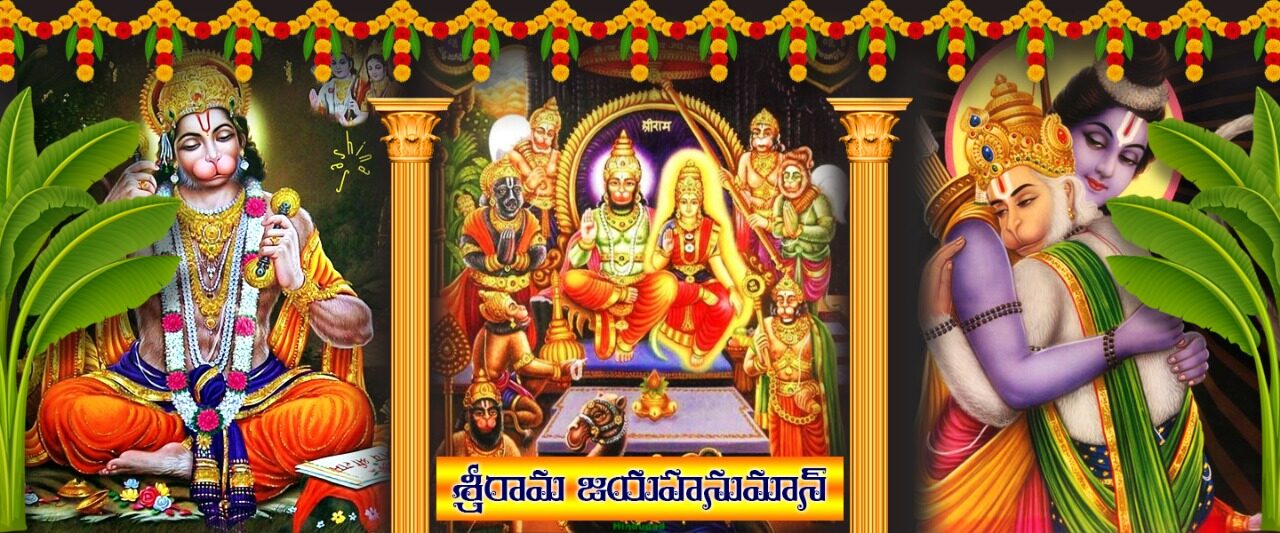


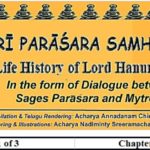
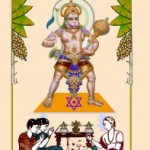
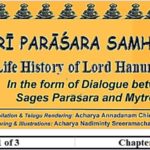
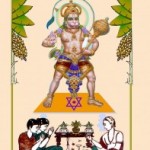
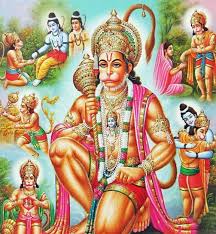
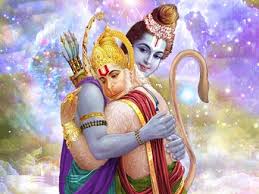
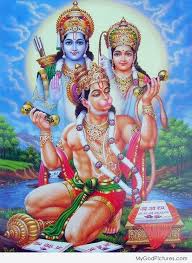
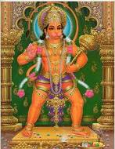
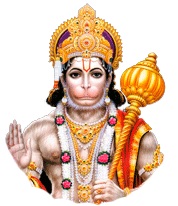
Be First to Comment